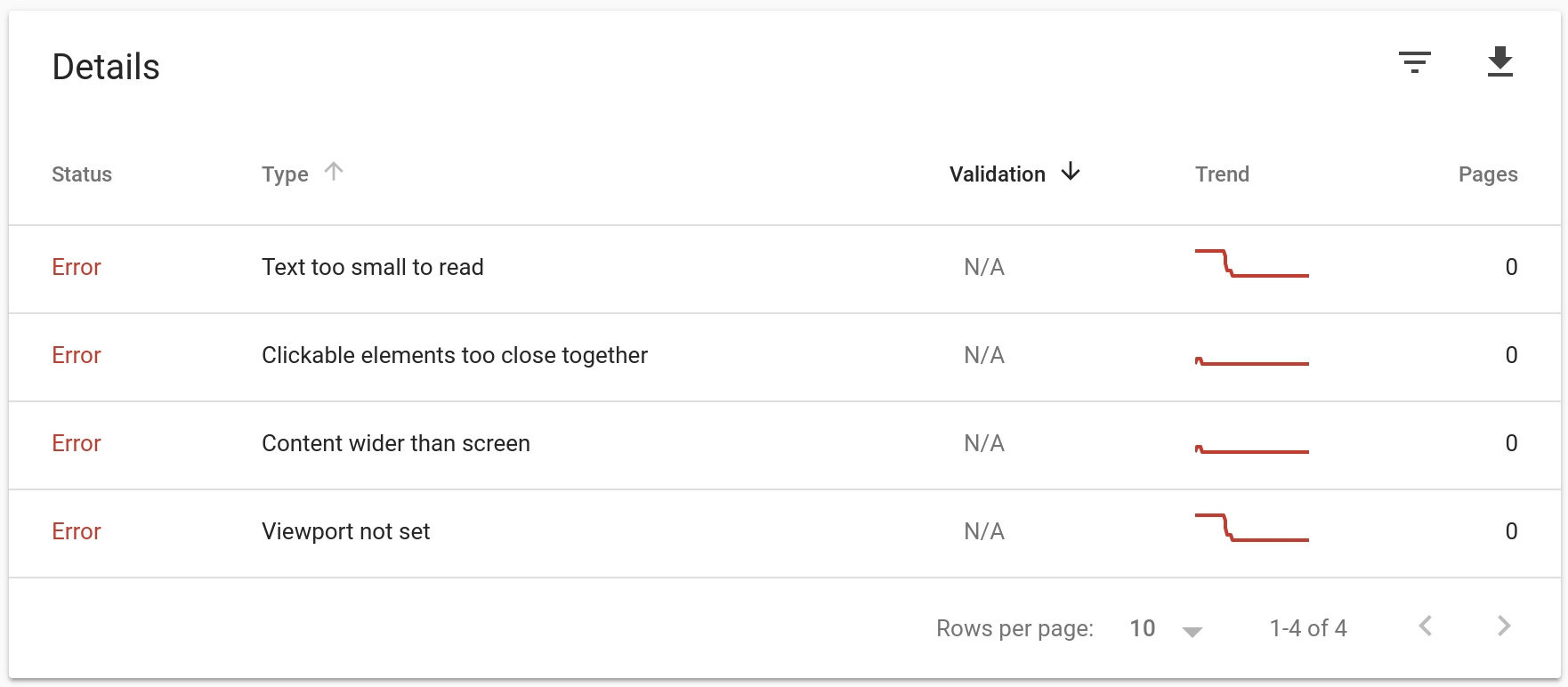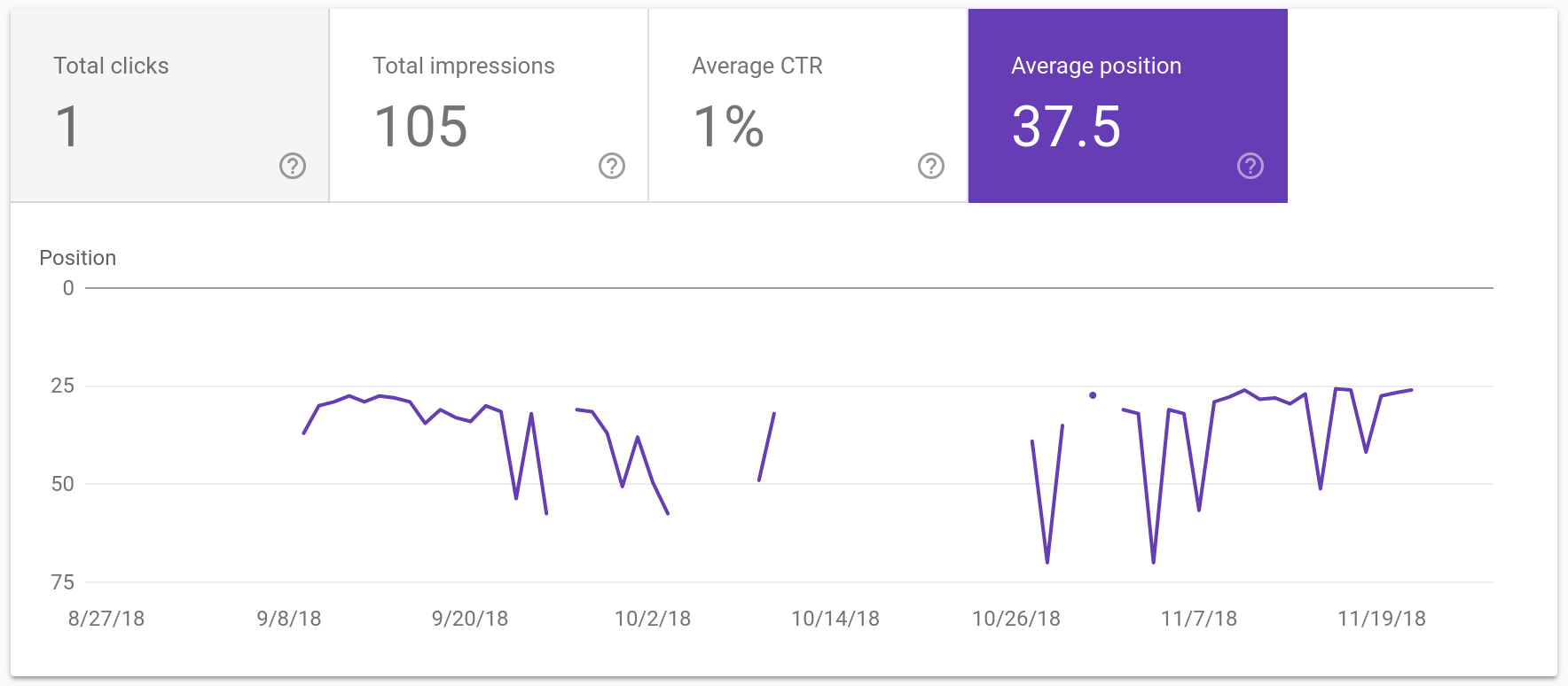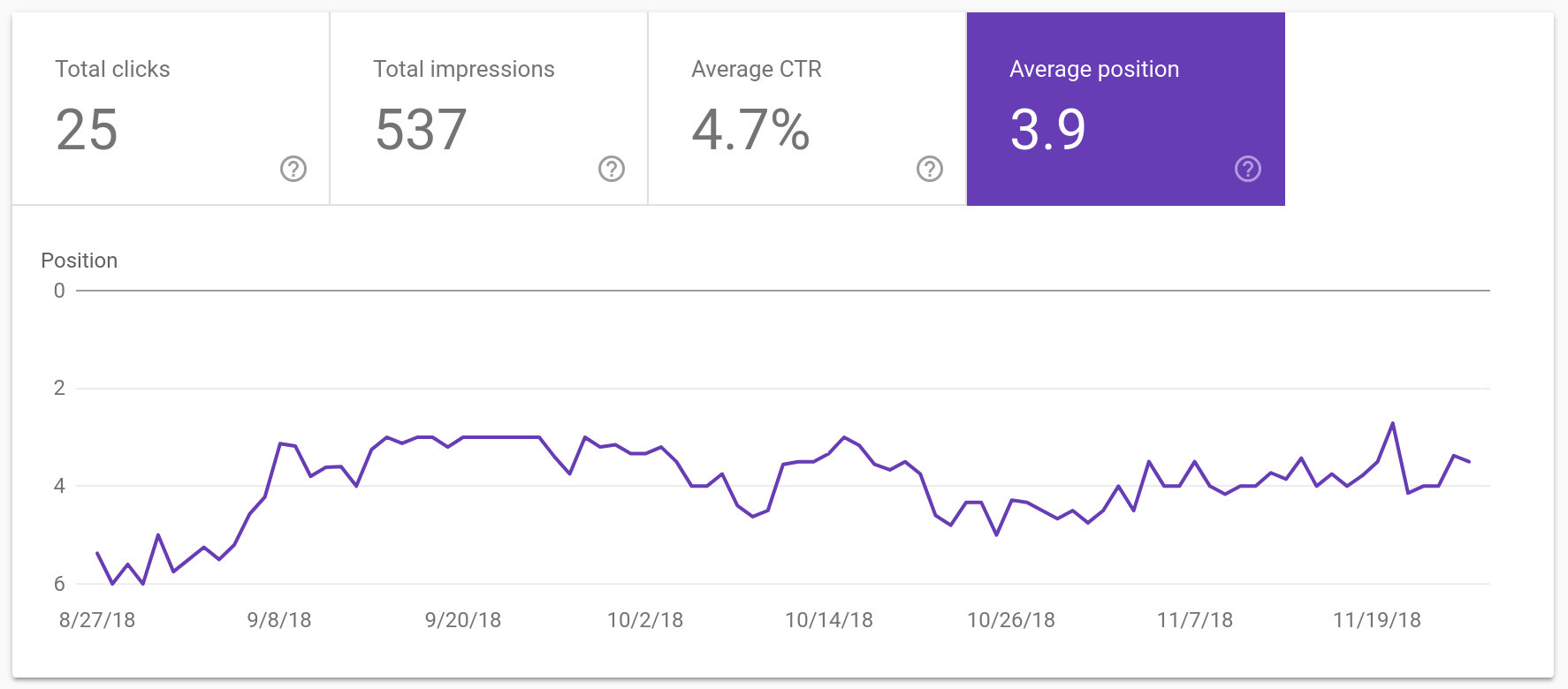5 Useful Insights To Boost Search Rankings Using Webmaster Tools

With the dozens of SEO optimization tools out there, I still believe that Google’s own webmaster tools is one of the most underrated and underutilized SEO tools on the market today. While I don’t think it’s by any means the most intuitive to use, there is an incredible amount of value in the data that they provide and quite frankly I’m surprised they are still offering all this info.
As a webmaster looking to increase your search rankings and boost your results, there are a lot of areas in the reports and insights provided in webmaster tools that can significantly help you improve your site quality.
Below I’ve covered 5 of the sections I find most useful for helping you build a higher ranking website:
- Internal links report showing top linked pages
- Mobile usability report for your website
- Performance Report: individual keyword strength analysis
- Performance Report: page related keyword insights
- Performance Report: top static pages for optimization
Internal links report showing top linked pages
It’s no secret that links are the king of high ranking websites and it’s very difficult for this metric to ever be devalued in the search algorithms since it’s such a good signal of website quality.
Don’t believe me? Well check out this article that was written in 2009, and still holds almost 100% true to this day in terms of how the search engines evaluate and rate links.
That being said, I believe it’s becoming increasingly important for webmasters to consider how and where they link their internal pages on their own site to maximize success.
In Webmaster Tools, under the “links” section in the new version report, you will find a listing of the top linked pages on your website shown under the internal links header. This report is simple and counts the internal links from every page on your site and ranks them by total (from highest to lowest).
Now, if you take a second to think about this from an algorithmic perspective, it’s relatively easy to draw a few simple conclusions on what this report should look like.
- The page at the top of the list should 100% be your homepage. Your sites homepage is the introduction and gateway to your content, so it makes sense that on an internal linking basis it would receive the most links (since it should ideally be linked from every page)
- The second ranked page (and really the ones below it in the top 10) should all be listed according to what you feel are the most important parts of your site. Importance is subjective and it should mean whatever the overall goal of the site is (sell something, get an email signup, promote a special product and so on). You’ll want to structure your site in such a way that these “key” pages are linked so that they show up at the top of this list, since it makes perfect sense that these important pages should have lots of links
Mobile usability report for your website
As the mobile web continues to become increasingly important globally, Google has switched in 2018 to a mobile-first index which is a monumental shift from the index of the early days.
With this shift, it’s vital (not optional) that your site is completely bulletproof from a mobile rendering and speed perspective. If it’s not, it will almost guaranteed harm your search rankings in the long term, so it’s something you need to get ahead of now if you haven’t already.
Webmaster tools offers the Mobile usability report which is a pretty simple overview of the pages they’ve indexed and shows which are compliant with mobile usability and which are not.
If this report is showing any errors for your website, they will list them below along with examples of pages with the issue. At present, they’ve grouped the issues into 4 main categories:

All of these errors are quite simple to fix with CSS and basic html on most website platforms, and I highly encourage you to get these errors down to 0 to avoid any unnecessary ranking drops. There is a reason they make this information available so use it.
The totally wonderful world of the Performance Report
The performance section in Webmaster Tools is my absolute favorite part of the suite as it contains so many good nuggets of information to analyze and improve your website. While I’m only touching on 3 areas below, I encourage you to dig deep with this report – it’s very helpful.
Individual Keyword Strength Analysis
One of the most frustrating things about individual keyword rankings is the wild fluctuations that can happen when it bounces around in the SERPS. There are lots of competing theories as to why this happens (click through rates, site authority, algorithm changes), but the fact remains it can be a hair-pulling experience.
While this isn’t an exact science, in my own experience I’ve seen a relatively valid way to check the strength and authority you have for a given keyword, and it’s right in the performance report.
All you have to do to check for yourself, is navigate to the report, zero in on the keyword you are interested in and then click that keyword, which should bring up the chart below that will show you up to 90 days worth of data on key metrics like clicks, impressions, CTR and rankings.
What I like to do is deselect everything except the “position” tab to see the ranking history for the given keyword.

With this particular keyword, you can see a lot of peaks and valleys – but also it completely vanishes from the rankings for sometimes days or weeks at a time. In this case, I would conclude that Google doesn’t value my page very highly for this keyword, so I should aim to make improvements and find ways to increase the visibility of the page (via links or otherwise).
In contrast, the graphic below represents what I would call a stable ranking for a keyword. This doesn’t mean you’re ranking on the first page, but my theory is that the perceived value of this page is a lot higher, and has the potential to rank higher if you keep working on it.

Use page related keywords to find hidden gems
The next method that I’ve used many times (and it’s pretty straightforward) is to use the performance report to look at a given page that I know already receives some organic traffic.
What you do is go to Performance > Pages > Click Desired Page > Now Select Queries.
By doing this, you’ll now be presented with a list of all of the search terms that this page is getting impressions for (not just the ones you are ranking well for). This is invaluable for a few reasons, which include:
- Allowing you to improve your content around related keywords
- Discovering more about the user-intent on the topic to increase conversion
- Giving you the opportunity to improve on-page elements like title tags, headings, etc
You’ll be really surprised what pops up in these lists, sometimes there are 100 or more keywords that you may not now about that a page you have is ranking for on page 5, 6 or more.
Using your top static pages to optimize your site
What I mean by this is figuring our which one of your conversion-focused pages are doing the best on the site, in terms of search rankings, clicks and ultimately traffic. You can find this out simply by ordering the page results by # of clicks, while filtering out directories that are non conversion oriented (maybe your news section or blog for example).
Once you have an idea of the top 5 pages, you should do an in-depth and stringent audit of these pages to make sure they are giving you (and your users) the absolute best value possible.
- Are you interlinking to other important pages?
- Have you covered every conceivable angle and user question on the page?
- Does the layout and category hierarchy make sense?
- Have you incorporated graphics, lists, concise advice for the user?
By answering these questions and acting on the results, I guarantee you will see an improvement in your overall site performance. Because these are the most highly trafficked pages you have, it’s likely they get crawled by the search engines more, so leverage that to promote the rest of your site.
So there you have it, 5 small but valuable tidbits on how to use Webmaster Tools to create actionable insights on how to improve your site and grow your rankings.
